Allô! 👋
Welcome (back) to good food at home, the monthly-ish newsletter featuring simple, seasonal, and sustainable meals, tips, and ideas. For more recipes, cooking Q&As + access to the full archive, consider joining the community of readers who support the newsletter by also subscribing to seasonal sundays, the supplement that focuses on fresh produce at its peak!
Ah, March.
One morning, the skies are clear and the ground is crisp underfoot — frosted blades of grass, fallen leaves, and shallow ice-capped puddles all crackling and splintering with each sprightly step.
The next, the air is grey and foggy, with a chilling dampness that seeps through the bone, and the footpaths shift as you tread gingerly through claggy patches of muddy ground.
Here in Oslo, the month proffered a timid and tentative start to spring.
Markets, closed late last year for the winter, slowly began to reopen. Spring bulbs, dormant since late last year too, began to crop up, adding welcome splashes of colour to sparse patches of somnolent lawn. Across the city, buds swell — and some even burgeon — on every deciduous tree, shrub, and bush. The birds sing louder. The days are longer. Winter is over.
Early spring has sprung.

While blood oranges were abundant in supermarkets and specialty grocery stores alike at the start of the month, by now, the majority of “fresh” produce prominently on display are those hardy, trusty root vegetables and pome fruit that have survived the winter snuggly preserved in cold storage: parsnips, horseradish, rutabaga, beets, carrots, celeriac, sunchokes, turnips, apples, and pears (along with some slumbering brassicas and winter squash too). But their quality dwindles as much as their quantity with every passing day. We have well and truly entered the hungry gap.
As an aside, any stored onions and potatoes you encounter these days are bound to sprout, but that’s okay. You can still eat them if you catch them early (just remove any nubbly sprouts from potatoes, and slip off any unappetising layers from onions), or compost or plant them if you don’t*.
*you’ll want to pop sprouting potatoes deep in pots or grow bags filled with good soil and keep your expectations low, as grocery store potatoes are not guaranteed to be blight-free like seed potatoes are; for sprouting onions, planting them won’t yield new onions, but you will get some lovely green onion tops to use as an herb; same goes for garlic, and all you need for them to grow is to keep their roots in fresh water)

Beyond what I eat, another thing that seems to shift for me at this time of year is how I eat.
It’s something I never really noticed before moving to Norway, where the seasons are made more distinct not from extreme differences in temperatures (as I was used to in Southern Canada), but by extremes in day lengths.
Deep in the depths of Norwegian winter, I tend to lose my appetite for breakfast. Not that I don’t eat breakfast, per se: more so that I eat it so late that it often merges into lunch. I just can’t seem to get hungry when it is pitch black out — and here, in winter, the darkness lingers well into mid-to-late morning.
If I do eat breakfast in winter, it is likely a rather Scandinavian bread + butter + cheese situation (though I am told that I am a very obvious foreigner as my ratios are completely off), and a cup (or two) of coffee as a liquid stand-in for the absent sun.


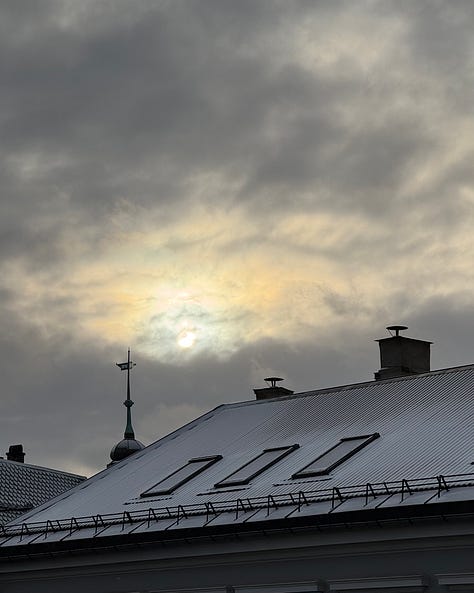
Now that it is properly light out by 7AM, however, I am firmly back aboard the breakfast train.
An egg and some barely cooked greens† get added to the bread and butter (though the cheese quietly disappears) and, as the season further unfolds, I know that I will progressively lean toward a larger, earlier breakfast still.
By the time the summer solstice arrives, I’ll likely be having two breakfasts, with tea and herbal infusions instead of coffee (in the summer, I prefer my coffee iced, decaffeinated, and in the afternoon). I add fruit and yogurt to this morning feast, and then, with the first chill of autumn, I near-reflexively contract back down to one breakfast: porridge. By winter, breakfast is progressively pushed so far into the day as to nearly vanish once more, only for the cycle to repeat again.
†at the start of the season especially, these greens are procured from my freezer
From few and hefty meals in the depths of winter to many light ones throughout the heights of summer, I think it’s fair to say that at this point in early spring, my mealtime transition is well on its way.
After all, seasonal eating is about much more than just knowing what foods happen to be ripe for the picking.
In this March issue of good food at home, in addition to a quick overview of which foods are currently in season, you'll find some recipe inspiration from the newsletter and website, as well as a no-recipe recipe for a simple spring salad, and — as always — a few parting links as food for thought.
On an administrative note, I’ve received a number of messages from readers expressing an inability to subscribe to seasonal sundays. It seems Substack doesn’t allow sign-ups while paid subscriptions are paused, so I am working on finding a solution while I am temporarily out of a kitchen. (I am thinking of perhaps restarting the newsletter in a slightly different format — more frequent, but shorter issues (say, one simple “what I cooked today”-type recipe per week) as, even though I am without a full kitchen at the moment, I am still cooking. Let me know what you think!)
Wishing you all a delectable and delightful April ahead,
👋simone
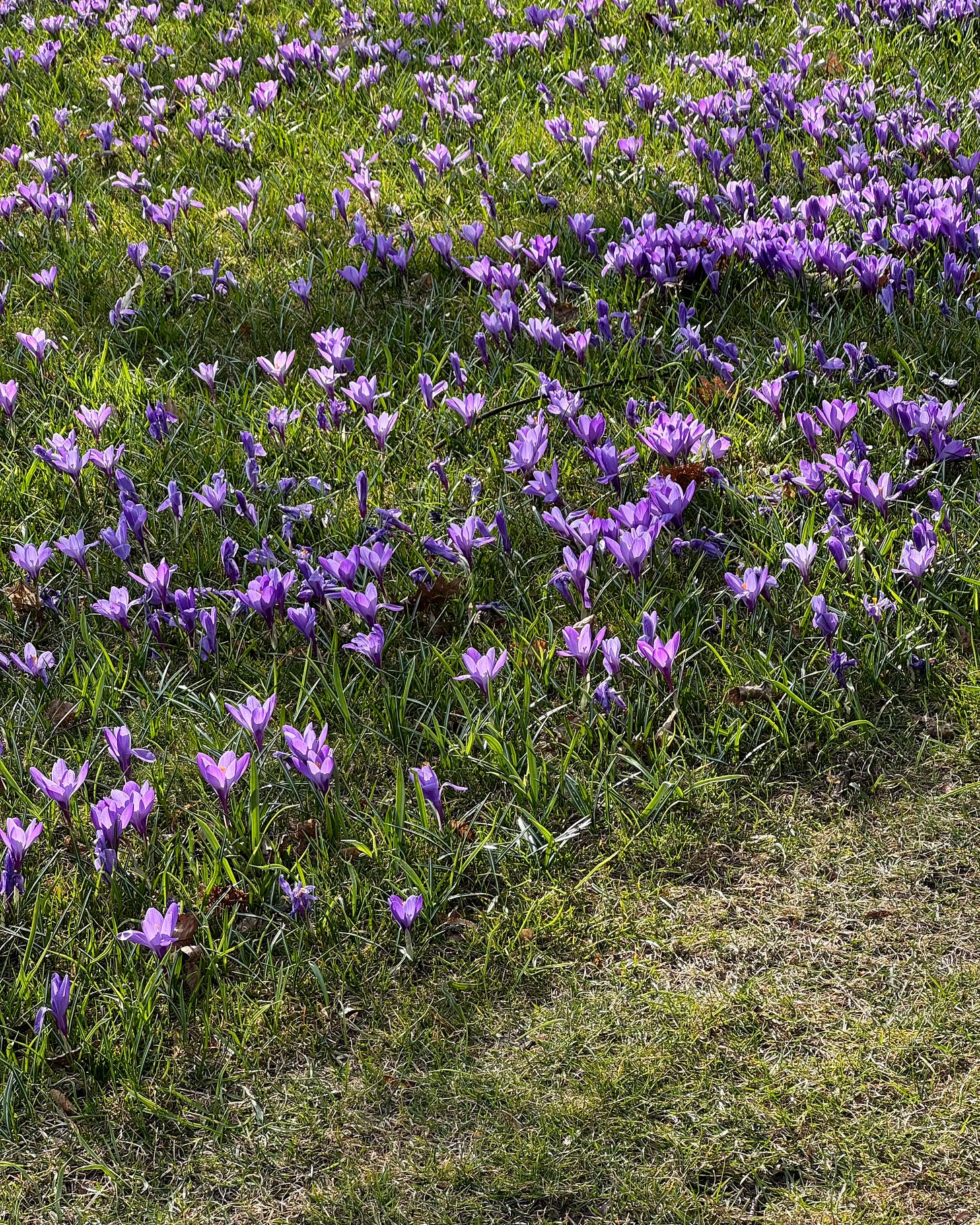
P.S. Like the newsletter? Give it a ❤️ to help it grow!
it’s early spring: what’s in season?
Not much. But not nothing, either.
As mentioned above, we’ve entered that period of year known as the hungry gap, a shoulder season where the year’s first crops are mostly still too young for harvest, and the last season’s stored harvests are fast dwindling. Still — that doesn’t mean there is nothing to eat.
Beyond fresh stored root vegetables and pome fruit, preserves (like jam), pickles (like sauerkraut), and pantry items (like dried grains and beans, canned tomatoes, and tinned fish) are all fair game at this time of year. It’s a good opportunity for spring-cleaning the freezer by eating your way through whatever you may have stored and forgotten there over the last months (many foods’ quality will begin to degrade after a year spent frozen at home), and it’s also a good time to help any local food growers with small stands or farm shops find their footing again as they slowly reopen for the year.
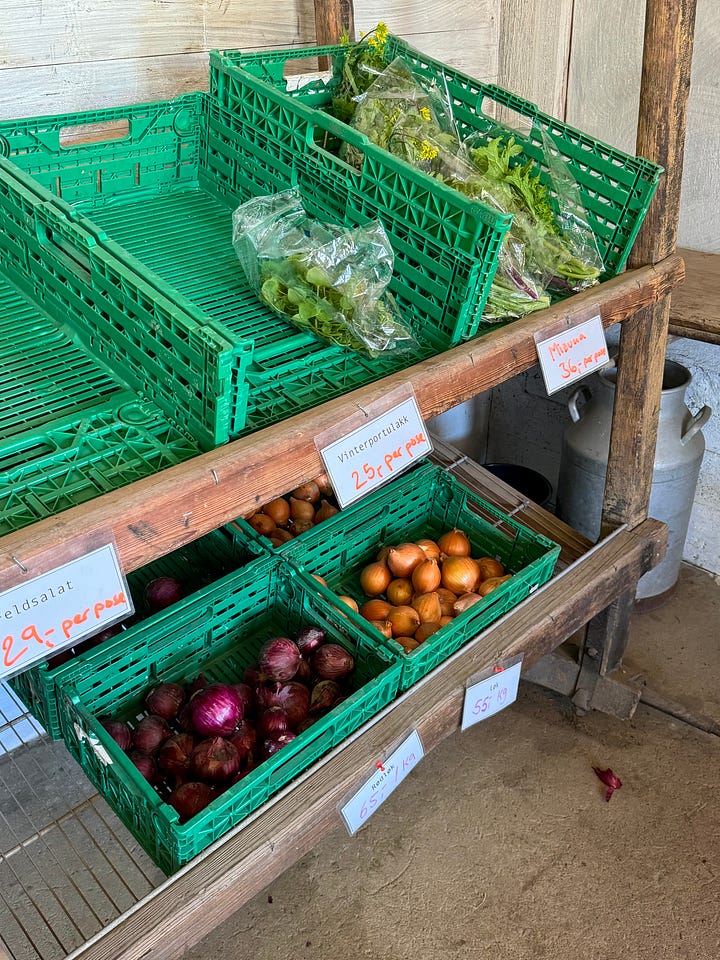
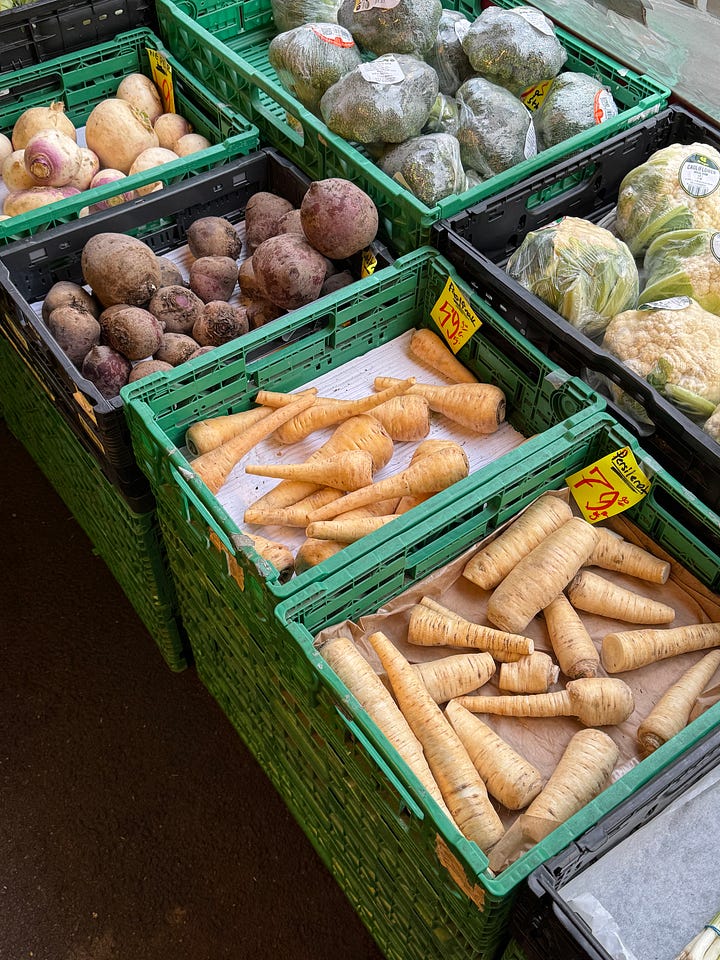
Below, some things to look for and enjoy in early spring.
Stored fresh produce:
root vegetables like beets, parsnips, and rutabaga
brassicas like kohlrabi and cabbage
flowering vegetables like fennel and celery
pome fruits like apples and pears
alliums like onions, shallots, and garlic
Pantry items & preserves:
whole grains (barley, spelt, wheat, oats)
legumes and pulses (beans, lentils, chickpeas, peas)
nuts and seeds
pickles and lacto-ferments
jams and marmalades
dried herbs & spices
dried, frozen, or canned foods in general
New season or overwintered produce:
green garlic, chives & spring onions
miner’s lettuce, mizuna, and mâche (corn salad)
pea shoots and other microgreens
kale and chard
spinach
purple sprouting broccoli
leeks
late season citrus: kumquats, grapefruit, pomelo
Some of you may also already be able to forage wild garlic, dandelion greens, three-cornered leeks, nettles, Turkish rocket, or wild onions, among other spring goodies — lucky you!
early spring recipes 🥚
Your early spring weather may require nothing more than a light sweater or jacket over a t-shirt to keep you comfortable — or it may mean pulling the ice cleats back out to survive the series of freezes and thaws that is typical in places where winter comes with a lot of snow.
Below are some recipes I hope will inspire you to enjoy your transition into spring — be your seasonal weather hot, cold, wet, dry, or somewhere in between.
(Recipes marked with a 👋+ are for paid subscribers only, though each paid post contains content available for all to read!).
beans vinaigrette
Brothy beans + leeks vinaigrette = a lovely way to start the season.
rustic rutabaga rösti
Crisp nests of delicate rutabaga strands, perfectly soft-boiled eggs, cool crème fraîche, translucent crisped sage — all just a shred, a sizzle, a swoop, and a crunch away.
tortilla de patatas with gochujang & woody herbs
A Spanish classic with an unexpected twist that makes for an explosion of flavour bound to have you coming back again and again.
the spiced parsnip loaf
Consider this an invitation to make a glow-up version of carrot cake.
...and more:
a blood orange chocolate cake 👋+
savoury sage scones, with cheddar & chives
a zesty chickpea tajine 👋+
variations on pasta e ceci
green onion aglio e olio 👋+
a simple spring salad ✍️
This isn’t really a recipe, it’s more of a “how I made this” (and perhaps also a gentle reminder to eat your greens).
Young tender leaves — grown from seeds sown indoors this year, or overwintered since late last fall in a well-insulated cold frame — are a real joy at this time of year. A tangible, edible sign of a season in which all feels new.
In early spring, for maximum pleasure and delight, the first greens are usually best savoured as simply as possible. (In fact, I find this to be true for the first of any food newly in season: you want to be able to taste it as much as you can, without dilution).
Swirl the young greens through ice cold water, leave them to crisp up for a few good minutes, then lift them out of the water and gently-but-thoroughly spin them over and over in a salad spinner, draining excess water a few times if necessary, until properly dry.
Enjoy at least one leaf on its own, so you can truly savour it without distraction; then dress the rest simply with nothing more than, say, a little extra virgin olive oil, some freshly-squeezed lemon juice, and a good pinch of crushed flaky salt.
Once you’ve enjoyed the first harvest like this, you can take your greens in any direction — plain or elaborate — because now, at least and at last, you know their flavour.
One way I like to zhuzh my early greens up while keeping them simple is by topping them with something pleasantly crunchy, all while dressing them as minimally as possible.
In this case: with nuts, seeds, and buckwheat (a pseudocereal!).
To make the salad photographed above, I prepared some mâche (corn salad) and young Little Gem lettuce as described above. Then, while the leaves were crisping up in the cold water, I set an egg to boil and added the following to a pan set over medium heat: chopped almonds, sesame seeds, and buckwheat groats.
I dry-toasted them, shaking and stirring the pan occasionally, until they were noticeably more golden in colour and smelling nicely nutty. Then I drizzled in a tiny splash of olive oil along with a hint of garlic powder (the slightly granulated kind, not the superfine variety) and a dash of smoked paprika. A quick stir to coat, a minute or two more in the pan, then off the heat.
Because I was having an egg with my greens, I didn’t dress them with any oil (I like my yolks runny, and find they do a fine job of dressing the greens alone), just lemon juice.
Once tossed through freshly-squeezed lemon, I piled the leaves into a shallow bowl, topped them with my peeled egg (halved down the middle), then spooned over my smoky crunchy mixture of nuts, seeds, and kasha. I crushed a bit of flaky sea salt over it all, gave the eggs a hit of piment d’Espelette, and off I went to enjoy my simple spring salad.
Enjoy as is, or with anything else you’d like to have on, in, or with a simple spring salad — something pickled like sauerkraut or kimchi or gherkins, something colourful like beets and/or carrots (cooked or grated raw), something toothsome like cooked farro or barley grains, something starchily comforting like boiled potatoes, beans and/or lentils... whatever appeals to you (it’s your salad!)
last, but not least:
the public health corner 🔗
In case you didn’t know, public health is my jam (more on that here, here, and here) — it informs everything I do! And, as always, I like to leave you with a few parting links relating to the topic, as food for thought:
🗒️ ONE ARTICLE
How ultra-processed foods captured the baby and toddler market, STAT
📺 ONE VIDEO
Mexico bans junk food sales in schools in a move against child obesity | Associated Press
🎧 ONE PODCAST EPISODE
📘ONE BOOK
Merchants of Doubt: How a Handful of Scientists Obscured the Truth on Issues from Tobacco Smoke to Climate Change, by Naomi Oreskes & Erik M. Conway
p.s. I always have a hard time just picking one of each so, in case you're interested, there's plenty more where that came from!
If you enjoyed this post, please do kindly give it a ❤️ — it really helps make it more visible so others can find it too.
That's all from me this month — see you in the next newsletter!






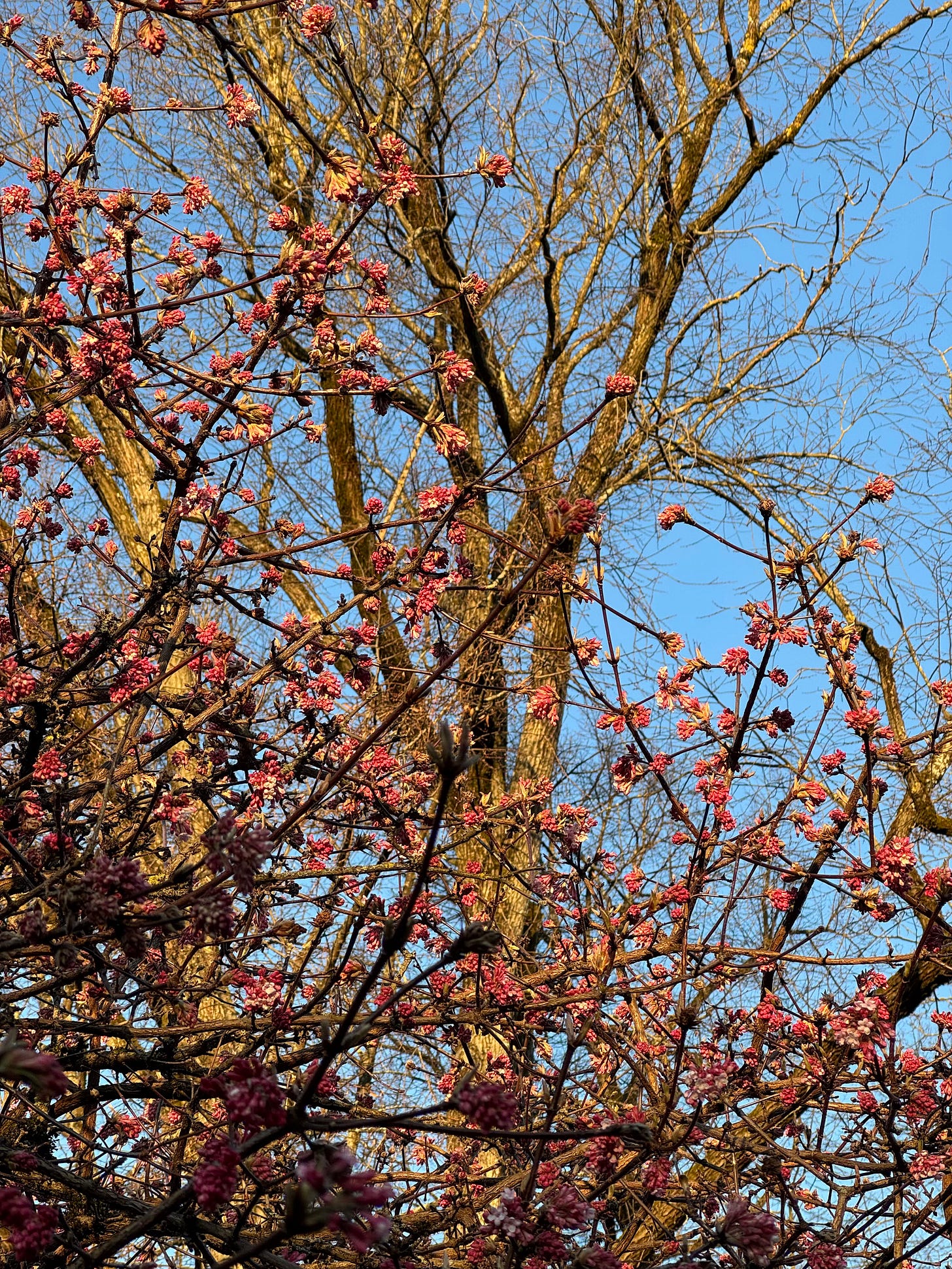




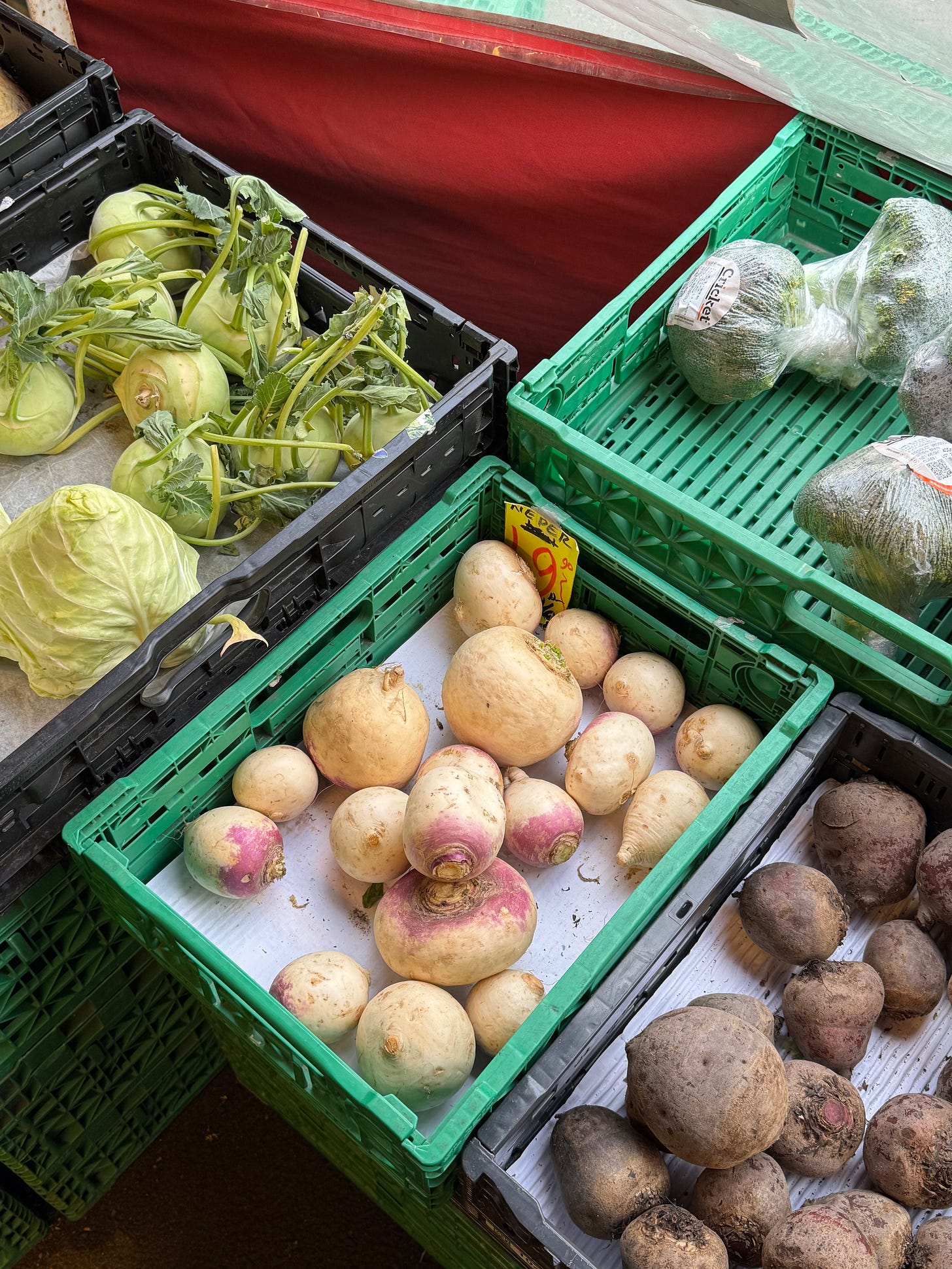
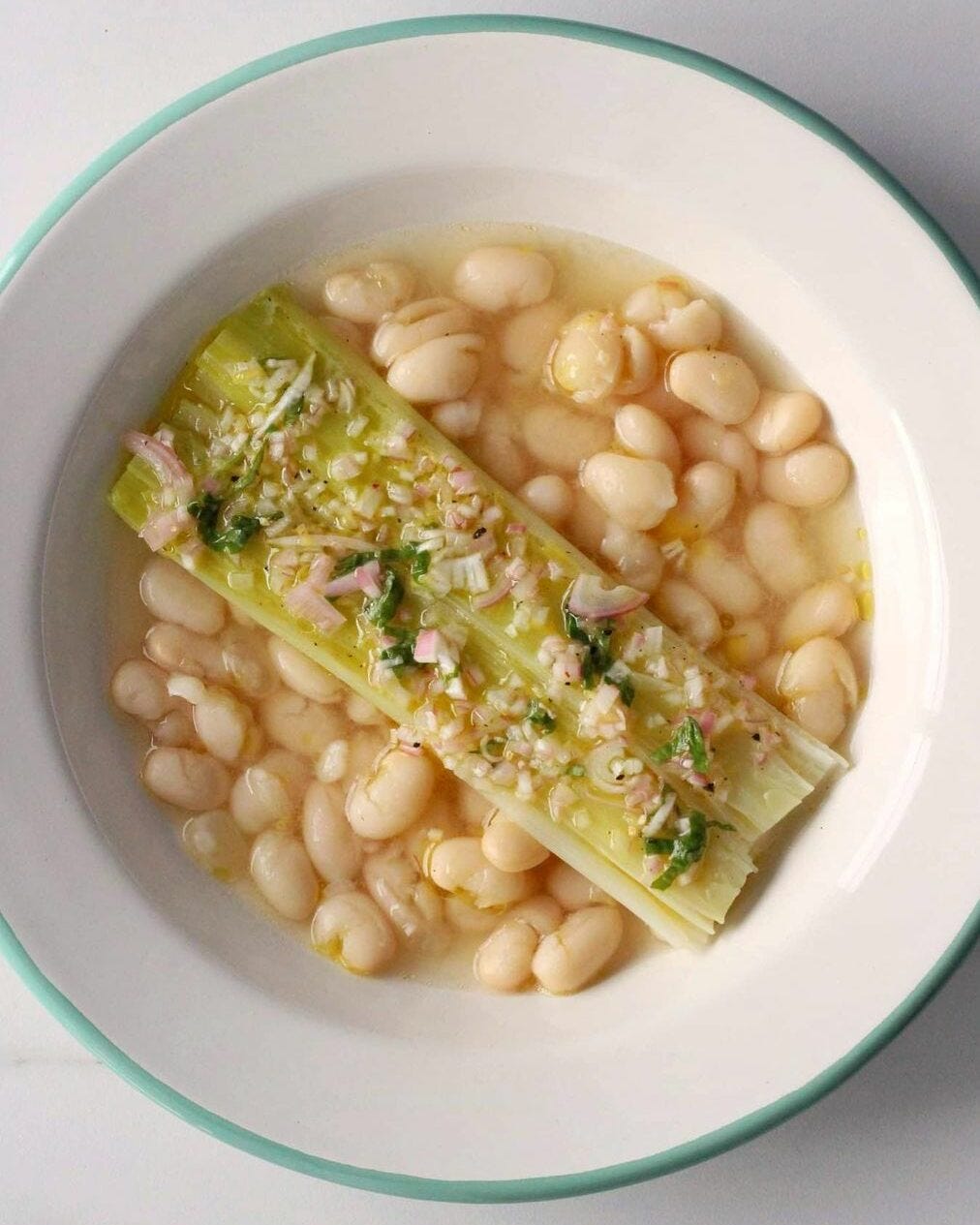
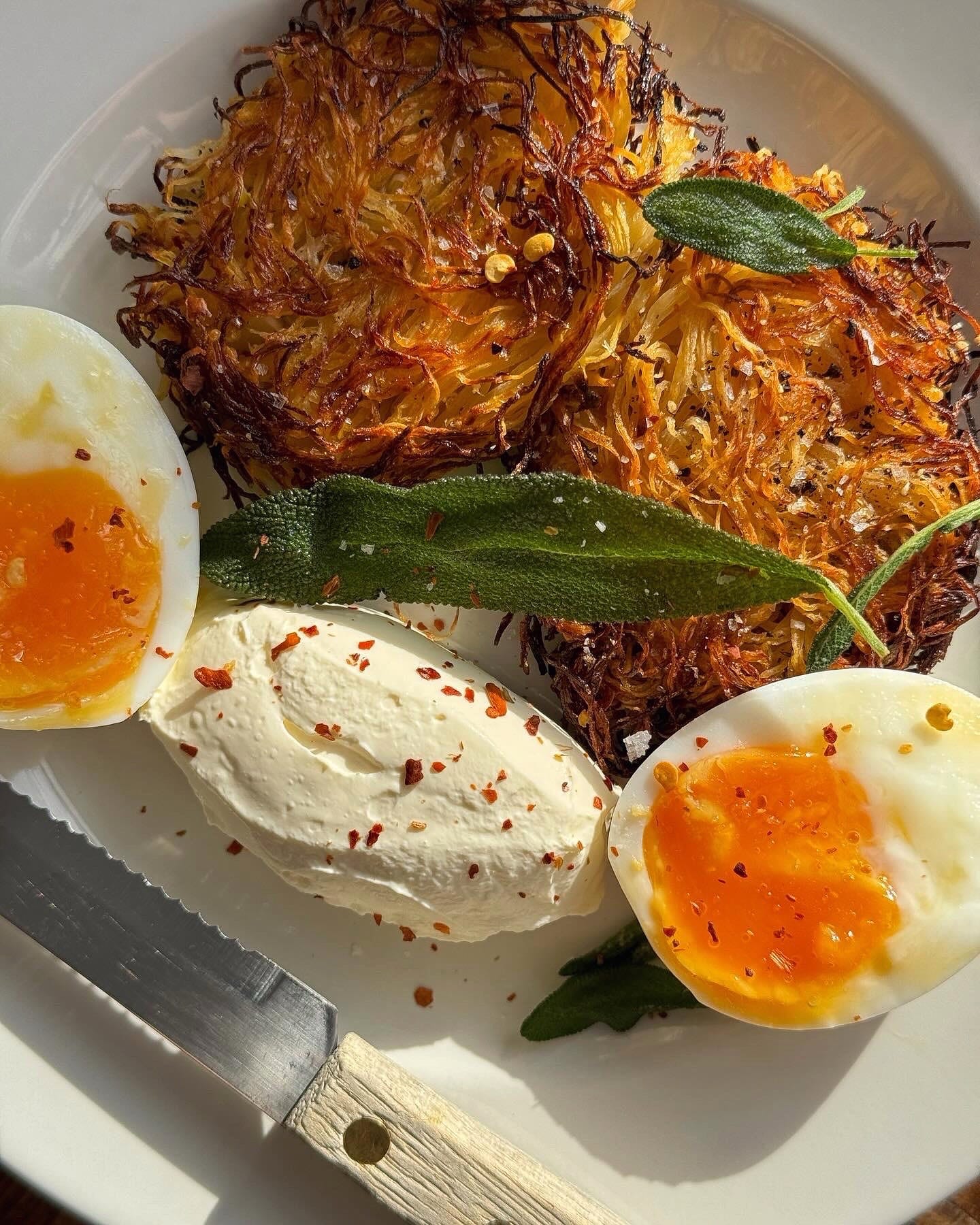
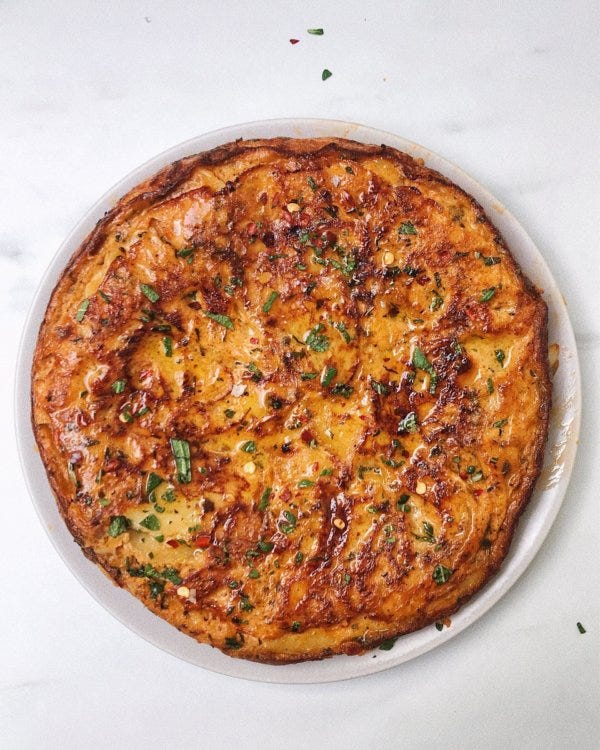
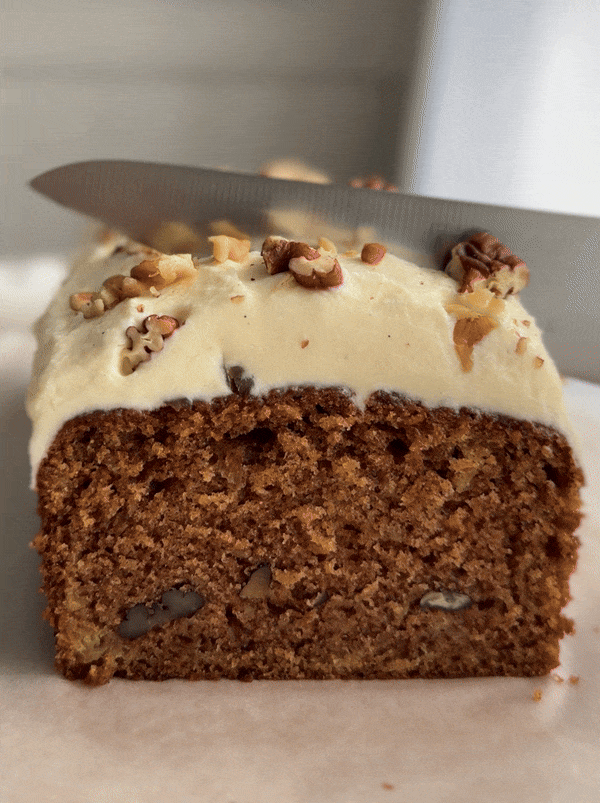







Simone, your newsletter is like a glorious Spring day: it puts a smile on my face, and makes me ravenous for good, wholesome, tasty recipes like yours.